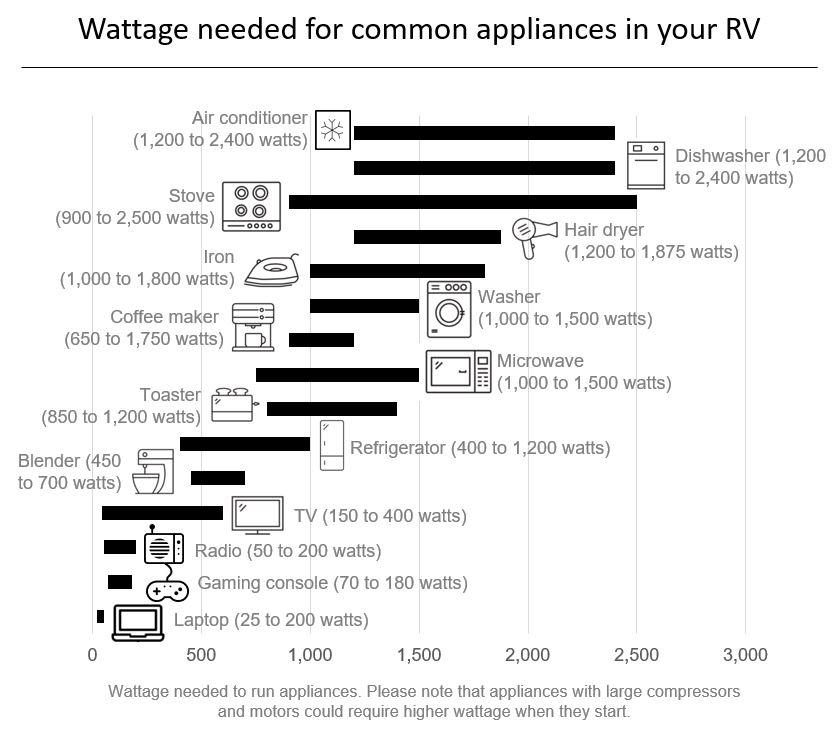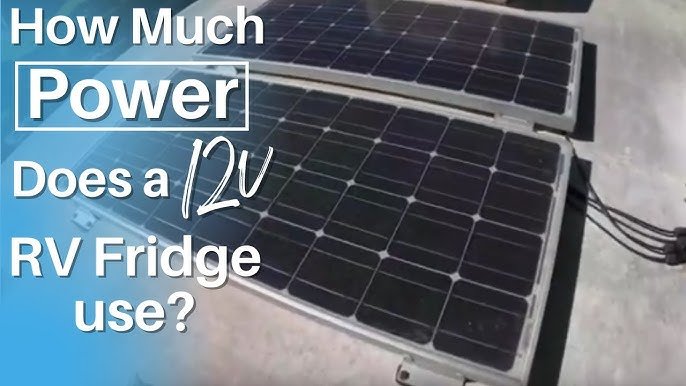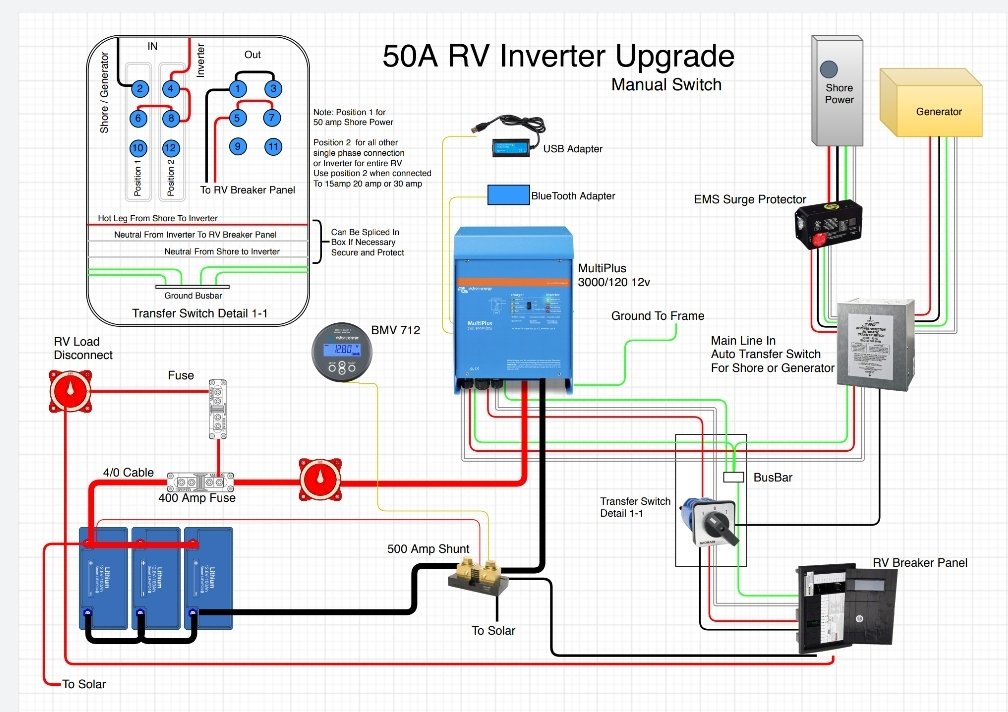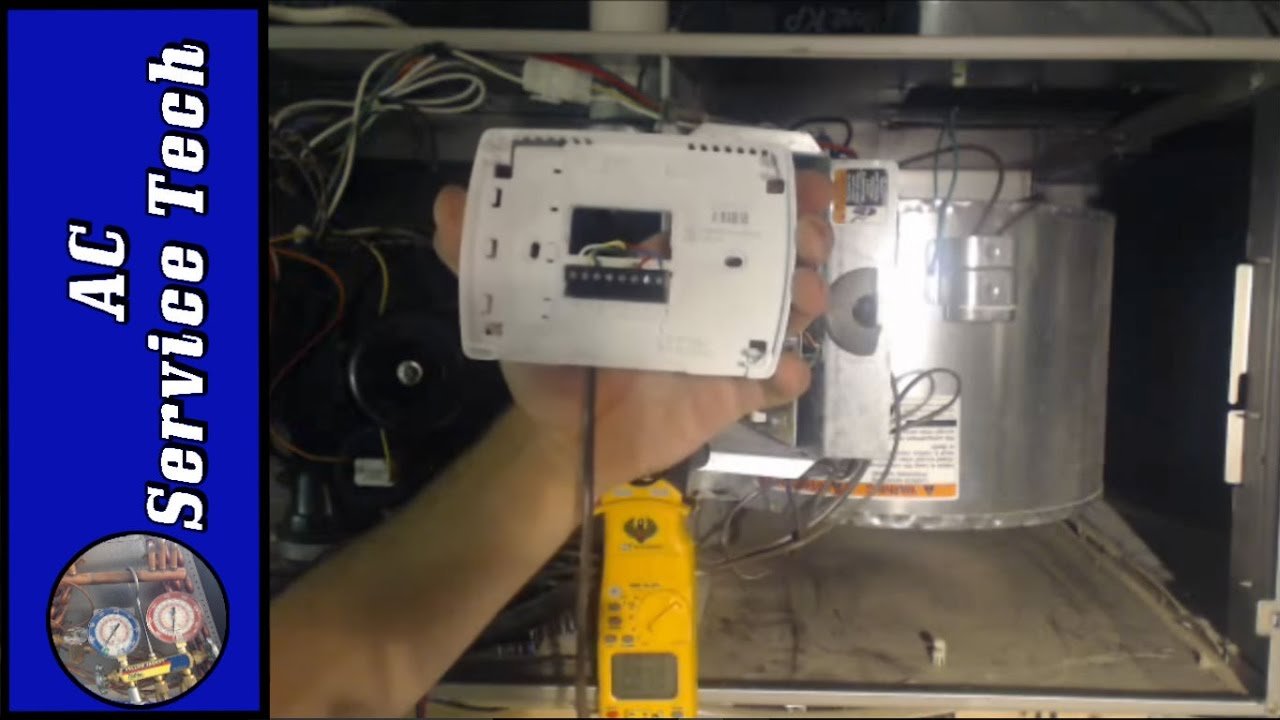An RV fridge typically uses between 100 to 400 watts. This range depends on the fridge size and model.
Understanding your RV fridge’s power use is crucial. It helps in planning your energy needs on the road. Many RV owners wonder about their fridge’s power usage. Knowing the wattage helps manage battery life and generator use. It also impacts your overall energy budget.
Whether you’re a seasoned traveler or new to RV life, this guide will help. We’ll explore factors that affect wattage, different fridge types, and tips for energy efficiency. With this knowledge, you can travel with confidence and keep your food fresh. Let’s dive in and learn more about RV fridge wattage.
Introduction To Rv Fridges
When planning an RV trip, understanding your fridge is vital. RV fridges are different from home fridges. They are designed to handle the bumps and shakes of the road. Let’s dive into the essentials of RV fridges.
Importance Of Power Consumption
Power consumption is crucial for RVers. It impacts your battery life and generator use. Knowing how many watts your fridge uses helps manage power efficiently. This knowledge can prevent unexpected power shortages.
Types Of Rv Fridges
There are three main types of RV fridges. Absorption fridges use heat to cool. They are common in RVs. They can run on propane, 12V, or 110V power.
Compressor fridges work like home fridges. They are more efficient but usually need 12V or 110V power. They cool faster and are less affected by ambient temperature.
Thermoelectric fridges are less common. They use electricity to cool. They are best for short trips or as backup fridges. They are not as efficient for long-term use.
Power Requirements
RV fridges typically use between 150 to 400 watts. The exact power needed depends on the size and model. Efficient energy use is crucial for extended trips.
Power is a crucial aspect of using an RV fridge. Knowing how much energy your RV fridge uses is important. This helps manage your power sources efficiently. Let’s dive into the details.
Understanding Watts And Amps
Watts and amps are key terms in power consumption. Watts measure the total power used. Amps measure the flow of electrical current. Understanding these can help you calculate your fridge’s power needs. For instance, a fridge using 100 watts at 12 volts draws about 8.3 amps. This math is essential for effective power management.
Typical Power Usage
RV fridges vary in power usage. A common small RV fridge uses around 100 to 300 watts. Larger fridges may use up to 600 watts. These numbers can change based on the fridge’s age and efficiency. Also, the outside temperature can affect power usage. Hotter weather means the fridge works harder, using more power. It’s important to check your fridge’s manual for exact numbers. This helps you plan your power needs accurately. “`
Factors Affecting Power Usage
Understanding the power usage of your RV fridge is essential. Various factors can affect how many watts your RV fridge uses. Knowing these can help you manage energy consumption better.
Size And Capacity
The size and capacity of an RV fridge significantly impact its power usage. Larger fridges need more power to cool and maintain temperature. This is because they have more space to keep cold. Smaller fridges use less power due to their compact design.
| Fridge Size | Average Power Usage (Watts) |
|---|---|
| Small (1-3 cubic feet) | 50-100W |
| Medium (4-6 cubic feet) | 100-200W |
| Large (7+ cubic feet) | 200-300W |
Climate And Temperature
Climate and temperature play a crucial role in power usage. In hotter climates, RV fridges work harder to maintain cool temperatures. This increases their power consumption. In cooler climates, fridges use less power.
- Hot climates: Higher power usage
- Cool climates: Lower power usage
Usage Patterns
Your usage patterns also affect power consumption. Frequent opening and closing of the fridge door can lead to higher power usage. The fridge works harder to restore the lost cool air.
Consider these tips to manage power usage:
- Limit the number of times you open the fridge door.
- Keep the fridge full to maintain a stable temperature.
- Set the fridge to an optimal temperature, usually 37-40°F.
By understanding these factors, you can better manage your RV fridge’s power usage. This helps in saving energy and ensuring efficient operation.

Credit: www.cummins.com
Energy-efficient Rv Fridges
Energy-efficient RV fridges are essential for those who love road trips. These appliances save power and reduce the strain on your RV’s electrical system. They also help cut down on your energy expenses, making your travels more affordable and eco-friendly.
Top Energy-saving Models
Choosing the right RV fridge can be daunting. Here are some top energy-saving models that stand out:
- Dometic CFX3 75DZ: Known for its low power consumption and dual-zone cooling.
- Norcold NRF30: Features efficient cooling and low energy use.
- Whynter FM-45G: Offers great energy efficiency and a compact design.
Features To Look For
When selecting an energy-efficient RV fridge, consider these key features:
- Thermostat Control: Adjustable settings to manage temperature and save energy.
- Insulation: High-quality insulation keeps the cold in, reducing power use.
- Compressor Type: Opt for a compressor that is known for energy efficiency.
- Size and Capacity: Choose a fridge that meets your needs without wasting space or energy.
Energy-efficient RV fridges make your trips more enjoyable. They use less power and keep your food fresh. Investing in one of these models can save you money and reduce your carbon footprint.
Calculating Power Consumption
Understanding how many watts an RV fridge uses is important. It helps in managing your power supply. Calculating power consumption is easier than you think. You can use simple tools and methods. This will give you an accurate idea of how much power your fridge needs.
Using A Kill-a-watt Meter
A Kill-A-Watt meter is very helpful. It measures the power use of your RV fridge. Plug your fridge into the meter. The meter will show the wattage. This is the real-time power consumption. Keep the meter connected for a day. You will get an average power reading. This method is simple and reliable. It provides accurate data.
Estimating Monthly Usage
Once you know the daily wattage, you can estimate monthly usage. Multiply the daily wattage by 30. This gives you a rough estimate for the month. For example, if your fridge uses 100 watts per day, it will use 3,000 watts in a month. This helps in planning your power needs. You can manage your battery and generator usage better.

Credit: recpro.com
Power Sources For Rv Fridges
RV fridges can run on different power sources. This flexibility ensures your food stays fresh no matter where you are. Understanding these power options helps you choose the best one for your needs.
Battery Power
An RV fridge can run on battery power. This is convenient for off-grid camping. Make sure your battery has enough capacity. A typical RV fridge uses about 150-300 watts. Check your fridge’s manual for specific wattage.
| Battery Type | Capacity (Ah) | Run Time |
|---|---|---|
| Lead Acid | 100 Ah | 15-20 hours |
| Lithium Ion | 100 Ah | 20-25 hours |
Solar Panels
Solar panels are a green option. They convert sunlight to electricity. This powers your fridge during the day. You need solar panels with the right wattage. For example, a 200-watt panel can run a small fridge.
- Quiet and eco-friendly
- Requires sunlight
- Needs a solar charge controller
Generator Use
Generators are reliable. They provide constant power. Your fridge runs smoothly with a generator. Choose a generator with enough wattage. A 2000-watt generator is usually sufficient.
- Check fuel level regularly
- Ensure proper ventilation
- Keep noise levels in mind
Tips To Reduce Power Consumption
Reducing power consumption in your RV fridge can extend your battery life. It can also save energy and reduce costs. Let’s explore some practical tips to achieve this.
Proper Fridge Maintenance
Regular maintenance keeps your fridge efficient. Clean the coils behind your fridge. Dust and dirt can cause the fridge to use more power.
Check the door seals. If the seals are loose, cold air escapes. This makes the fridge work harder. Replace worn seals to ensure a proper fit.
Defrost your fridge regularly. Ice buildup makes the fridge less efficient. Removing ice helps maintain optimal performance.
Smart Usage Tips
Using your fridge wisely can cut energy use. Don’t keep the fridge door open for long. Plan what you need before opening the door.
Avoid placing hot food inside. Let it cool first. Hot items make the fridge work harder to maintain its temperature.
Fill your fridge properly. A full fridge retains cold better than an empty one. If you don’t have enough food, use water bottles to fill empty spaces.
Insulation And Ventilation
Proper insulation and ventilation are key. Add extra insulation around your fridge. This helps keep the cold air in and the warm air out.
Ensure good ventilation. Your fridge needs space to release heat. Don’t block the vents. Check that the fridge has enough space around it for air to flow.
Consider adding a small fan to improve airflow. This can help the fridge cool down more efficiently.
Follow these tips to reduce your RV fridge’s power consumption. They help keep your fridge running efficiently and save energy.

Credit: www.renogy.com
Frequently Asked Questions
How Many Watts Does An Rv Fridge Use?
An RV fridge typically uses between 150 to 400 watts. The exact wattage depends on the size and model. Check your fridge’s specifications for accurate details.
Does An Rv Fridge Consume A Lot Of Power?
RV fridges are designed to be energy-efficient. They consume relatively low power compared to home refrigerators. Regular maintenance ensures optimal performance and energy efficiency.
Can Solar Panels Power An Rv Fridge?
Yes, solar panels can power an RV fridge. Ensure you have enough solar capacity and battery storage to meet the fridge’s power requirements.
How To Reduce Rv Fridge Power Consumption?
Reduce RV fridge power consumption by keeping it well-ventilated, avoiding frequent door opening, and setting it to an optimal temperature. Regular maintenance is also essential.
Conclusion
Understanding the watt usage of your RV fridge helps manage energy. It ensures your trips are smooth without power issues. Most RV fridges use between 100-400 watts. This depends on the size and model. Check your fridge’s manual for specific details.
Being aware of energy consumption can save you from unexpected power drain. Happy travels, and keep your food cool efficiently!






